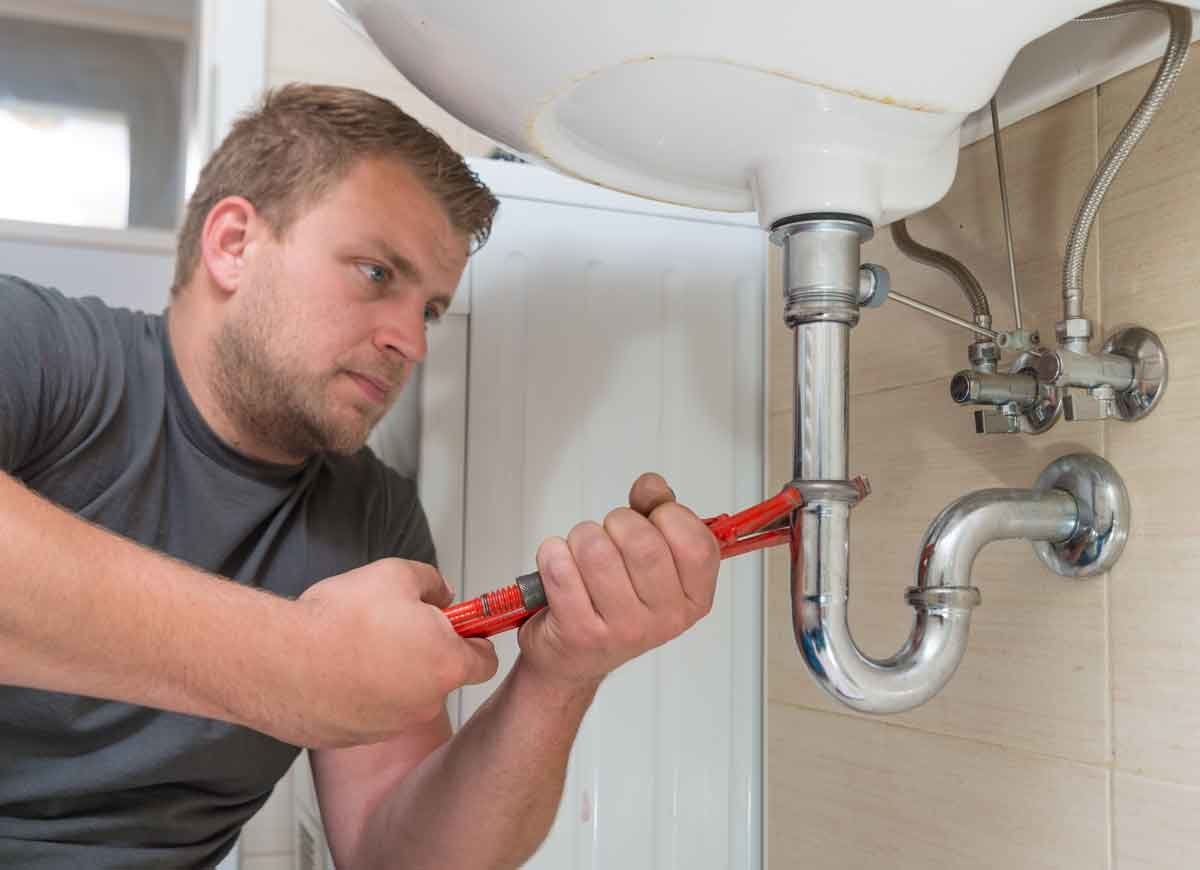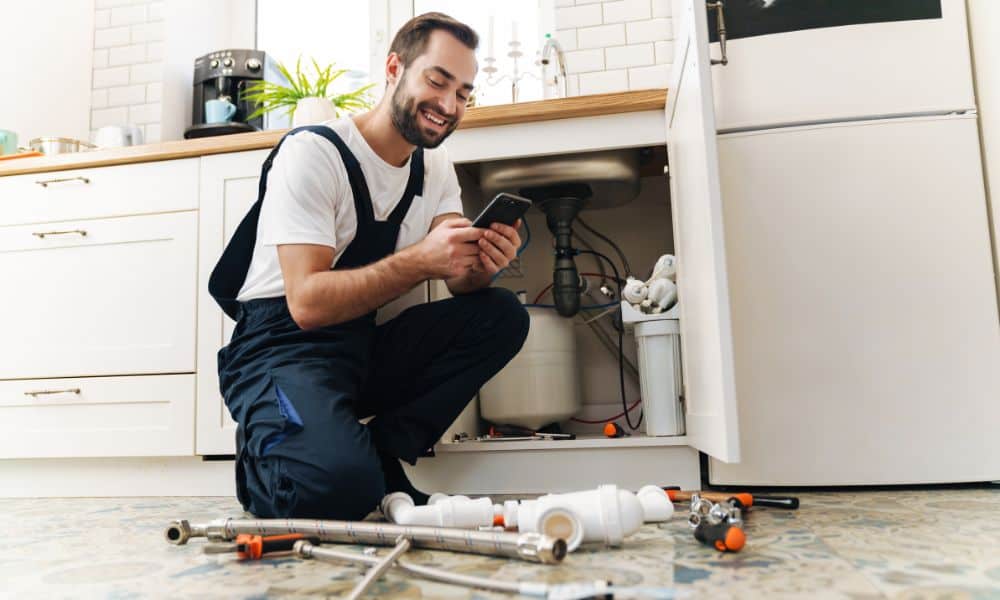How do you feel with regards to When to DIY and When to Call a Professional Plumber?

Intro
Pipes concerns can range from small aggravations to significant headaches, often motivating homeowners to decide between dealing with the problem themselves or hiring an expert plumber. Knowing when to do it yourself and when to look for professional aid can save time, cash, and avoid potential catastrophes. This article checks out the aspects to take into consideration when making this essential decision.
Benefits of DIY Pipes
Tackling pipes jobs yourself can be rewarding in a number of means, particularly for less complex projects.
Cost Cost savings
Do it yourself pipes projects commonly save cash by avoiding expert service charge. Jobs like dealing with small leakages, changing taps, or mounting brand-new showerheads are examples where property owners can manage fixings without working with a plumber.
Ability Improvement
Taking part in do it yourself pipes uses a chance to learn and improve sensible abilities. Basic tasks encourage homeowners to comprehend their pipes systems much better and gain self-confidence in handling small repair work independently.
Threats of DIY Plumbing
While DIY jobs provide advantages, particular dangers should be carefully taken into consideration before attempting repair work.
Intricacy of Tasks
Some pipes problems call for specific expertise and tools past regular house owner capabilities. Mishandling complicated issues can cause more damages and expensive repair services.
Security Worries
Collaborating with pipes systems entails threats such as direct exposure to water damages, capacity for electric threats, and handling devices inaccurately. Safety and security preventative measures have to be observed to stop crashes and ensure effective repair services.
Indicators to Call an Expert Plumbing Professional
Identifying when a pipes problem goes beyond do it yourself abilities is crucial to stop worsening troubles.
Indications of Complex Problems
Instances include:
Trigger professional treatment is essential to address these issues properly and reduce damage.
DIY Plumbing Tips
For successful do it yourself pipes, it's essential to be prepared with the right tools and comply with appropriate procedures.
Fundamental Devices and Products
Trick tools for DIY pipes:
Step-by-Step Guides
Clear guidelines make sure risk-free and effective do it yourself repair work:
Picking the Correct Time to DIY
Identifying when to take on pipes tasks on your own calls for assessing both the complexity of the issue and personal comfort degrees.
Analysis List
Consider:
When to Certainly Call a Professional
Certain scenarios require instant expert interest to prevent considerable damage or security dangers.
Examples include:
Finding and Working With a Professional Plumbing Professional
Selecting a certified plumbing makes certain reputable solution and assurance in solving plumbing problems.
Standards for Option
Factors to think about:
Expense Analysis: DIY vs. Expert Services
Contrasting the monetary ramifications of do it yourself initiatives versus specialist pipes solutions helps in making educated decisions.
Financial Considerations
Assess:
Conclusion
Choosing whether to DIY or call a specialist plumbing professional rests on recognizing the intricacy of plumbing problems and individual capabilities. By weighing the benefits and threats, property owners can make educated options that promote effective upkeep and guard their homes from pipes catastrophes.
When to DIY and when to call a professional plumber
There are Australian laws and regulations that regulate plumbing work in Australia. This means that there are few home plumbing tasks that you can DIY. Besides, a lot can go wrong with DIY plumbing projects. However, there are also plumbing works that you can successfully DIY. Read on to know when to DIY and when to call a professional plumber.
You can learn more about the risks of DIY plumbing projects, projects requiring special caution, and illegal DIY plumbing works to avoid. This post concludes with the services of commercial plumbers and why getting expert help is essential.
Reasons to Attempt DIY Plumbing Projects
While it is often not advisable to perform DIY plumbing repairs, several pros of DIY plumbing projects can make them attractive.
Save costs
A significant reason for doing DIY plumbing jobs is to save costs. It is possible to save on labour charges and overall fees if you buy the needed tools and parts from local hardware stores and do the repairs yourself.
Gaining experience
You can gain some hands-on experience in basic plumbing repair if you watch online videos and attempt the repairs yourself.
Confidence boosting
You can boost your confidence and self-reliance skills by performing DIY plumbing repairs and installations yourself.
Risks of DIY Plumbing Projects
If something goes wrong with your DIY plumbing project, you may have unfavourable results that you may consider the cons of DIY plumbing.
For one, your home may get so extensively water-damaged that your home and contents insurance will not cover you. You will also have to spend more money to repair the water or sewage problem than you would otherwise spend for professional plumbing jobs. Besides, you may often spend more time on DIY plumbing work than an experienced plumber would spend. This is because you may not have the needed skill set. There are also related safety hazards and potential threats of DIY plumbing jobs that you may need to consider. Plumbing Issues You Can Fix Yourself
You can attempt DIY plumbing for plumbing issues such as replacing tap washers, installing shower heads or performing minor tap leak repairs. However, it would help if you invited licensed plumbers to fix complex leaking showers, effectively deal with blocked drains, or repair hot water systems. This is the best way to ensure these plumbing issues are correctly fixed, and the project is insured.
Fixing clogged or blocked drains
You may have clogged drains or need help with slow-draining showers. These are tasks that you can resolve yourself using several options. To fix blocked drains, you may use baking soda, plungers, or wire hangers. Meanwhile, you can take the preventive measure of installing filtration systems such as drain filters to help prevent drain clogs.
New faucet installations
It is possible to install a new faucet yourself. You would have to turn off the hot and cold water valves. Then, you can remove and fix the old faucet and replace it with the new one.
Leaky faucet repairs
While leaky faucet repairs are more technical than installations, you can also take some steps to fix them. Turning off water valves is the first step in draining water from plumbing systems. Next, you can use a washcloth to cover the drain and remove the decorative handles.
This will allow enough room to unscrew the nuts that attach the faucet handle to the stem. Your final step is to take out and replace the old washers and O-rings with the new duplicates.
Fixing running toilets
An occasional DIY solution for running toilets is to restore the flapper in the tank to its proper place.
Burst pipes
You may have issues with your exterior plumbing fixtures. It may simply be that your inbound or outbound pipes have worn out, or you may have burst pipes due to flooding or large tree roots.
You may also have frozen pipes. These are all instances when you need to call a professional plumber. They will perform pipe inspections to locate the problem and implement solutions such as pipe relining.
Interior plumbing repairs
It's usually time to call a competent plumber if you want to do plumbing repair work on floors, ceilings, or the walls of your building. They can also help you fix faulty showers and sinks.
Plumbing renovation
Major renovation projects or plumbing jobs such as bathroom remodelling and bathroom renovations require the services of a professional plumber. Likewise, you need a professional plumber to fix your kitchen sink or plumbing. They can help you get the required plumbing permits. At the same time, they know what building codes apply to such renovation projects.

Hopefully you enjoyed our topic about When to DIY and When to Call in the Plumbing Pros. Thanks so much for taking the time to read our short article. Are you aware of somebody who is excited by the niche? Please feel free to share it. Kudos for being here. Kindly come by our site back soon.
Request A Quote